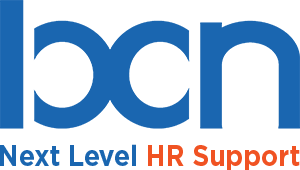Some basics about Baby Boomers in today’s workplace:
Q: What’s a Baby Boomer?
A: A person born between 1946 and 1964.
Q: What percentage of Boomers make up the American work force?
A: According to the Bureau of Labor Statistics, it will soon be about 25 percent and that will continue to grow through 2020. Boomers can expect to be working 4-5 years longer than their parents.
Q: What advantages do Boomers bring to the work environment when it comes to risk?
A: According to the National Research Council, they:
- Are safer, having fewer work-related lost-time injuries that younger workers.
- Have significantly lower incidences of short-term disability claims.
That said, Baby Boomers do bring some risk to the work environment that employers should be aware of. Knowing what these risks are can help control business costs. Improving health and safety initiatives will reduce claims.
Older workers (age 35 and above) are more susceptible to rotator cuff and knee injuries than younger workers as a result of lifting, carrying, slipping and falling. To minimize these risks, common strategies could include: increased lighting, installing skid-resistant matting for floors, rugs and stair treads. Whenever possible rotating light-duty tasks for manual-labor jobs helps to reduce fatigue, a leading cause of accidents.
The next time you need to “re-arrange the furniture” consider placing popular items and stock on shelves designed to minimize bending and reaching.
Instead of those two 15-minute breaks, what about three 10-minute breaks? More frequent rest breaks help sustain employees in more physically demanding work, according to studies performed by the National Council on Compensation Insurance (NCCI) Holdings, Inc.
Make sure there’s a good match between each worker’s capabilities and job demands. Another study by NCCI Holdings shows that job rotation or job accommodation, particularly in more physically demanding work, minimizes accidents and injuries. It is best to do this before a disability has occurred.
As we age, our vision may slip a bit. Poor vision can also lead to accidents. What to do? In addition to providing adequate lighting, promote eye screenings. And when purchasing sings, consider text size and color contrast.
Certain health risk factors such as smoking, obesity and lack of sleep have a strong correlation with injury rates at work and home, contributing to longer return-to-work times. Include components in your wellness programs that address these concerns to improve your bottom line.
Whether a Boomer, Millennial, Gen X or the up-and-coming Gen Z, everyone will benefit from health and safety efforts to reduce the frequency and severity of accidents and injuries at work and at home.
If you need help with this topic or other employment matters, call BCN at 1-800-891-9911 or visit us here. Let BCN handle that!
Patrick Boeheim, Risk Manager


